In the early 1900s, the heart of New York City’s news industry was a single, chaotic stretch of pavement across from City Hall. This was Park Row, known to everyone as “Newspaper Row.” Here, the city’s most powerful and competitive newspapers stood side-by-side in grand, towering headquarters, each building a vertical factory for the printed word and a monument to the publisher who built it.
The skyline of Newspaper Row was dominated by a few key structures. Joseph Pulitzer’s New York World was housed in the Pulitzer Building, a massive tower crowned with a distinctive gilded dome. At the time of its completion in 1890, it was the tallest office building in the world. Its dome contained Pulitzer’s private office, offering a panoramic view of the city his newspaper covered so aggressively. Just next door stood the New York Tribune building, a slightly older but equally impressive structure of red brick with a tall, slender clock tower that was a landmark in its own right.
These buildings were hives of relentless activity. The basements and ground floors housed enormous, steam-powered printing presses that thundered day and night. Many buildings featured large, street-level windows that allowed crowds of pedestrians to watch the massive rolls of paper being fed into the machines and emerging as printed newspapers. On the upper floors were the newsrooms, large open spaces filled with the clatter of typewriters and the urgent clicks of telegraph machines bringing in news from across the globe. Messengers and reporters rushed in and out, while editors worked against tight deadlines to get the next edition to press. The sidewalks outside were crowded with newsboys, known as “newsies,” waiting for the fresh bundles of papers to be thrown from the distribution docks.
Read more
The most significant development of this era was the newspaper industry’s push uptown. In 1904, Adolph Ochs, publisher of The New York Times, made the bold decision to move his operations from its Park Row headquarters to a new, isolated location in the theater district. He built a 25-story, Gothic-style skyscraper on a triangular plot of land at the intersection of Broadway and Seventh Avenue. The building, known as the Times Tower, was the second-tallest in the city when it opened. The area surrounding it, previously known as Longacre Square, was officially renamed Times Square in its honor.
Not all newspapers were on Park Row. James Gordon Bennett Jr.’s New York Herald was located farther uptown in its own namesake square. The New York Herald Building was a unique, two-story structure modeled after a Venetian palazzo. Its low, elegant design, complete with an arcade and an ornate clock featuring moving figures, stood in sharp contrast to the soaring towers of its downtown rivals.


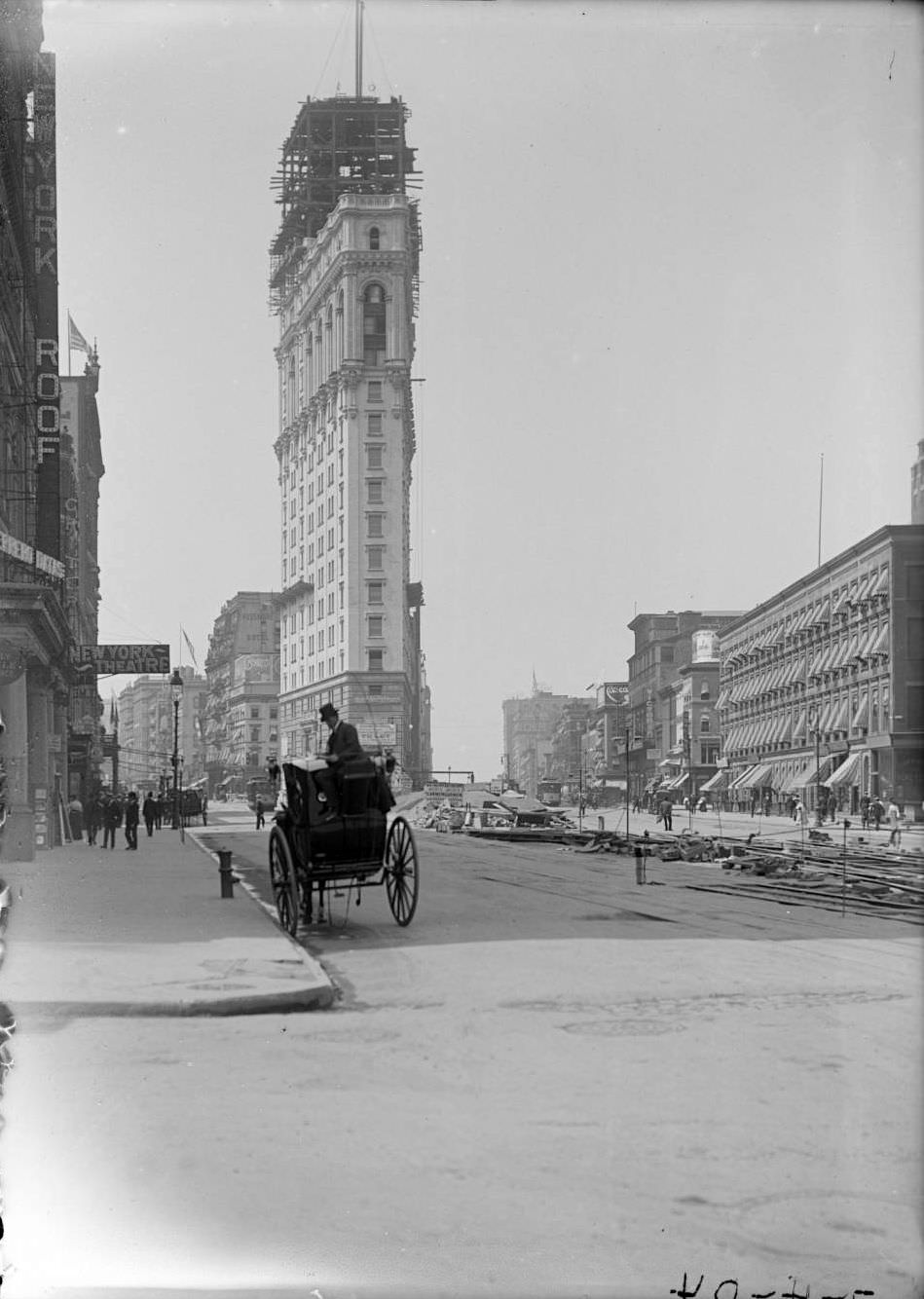
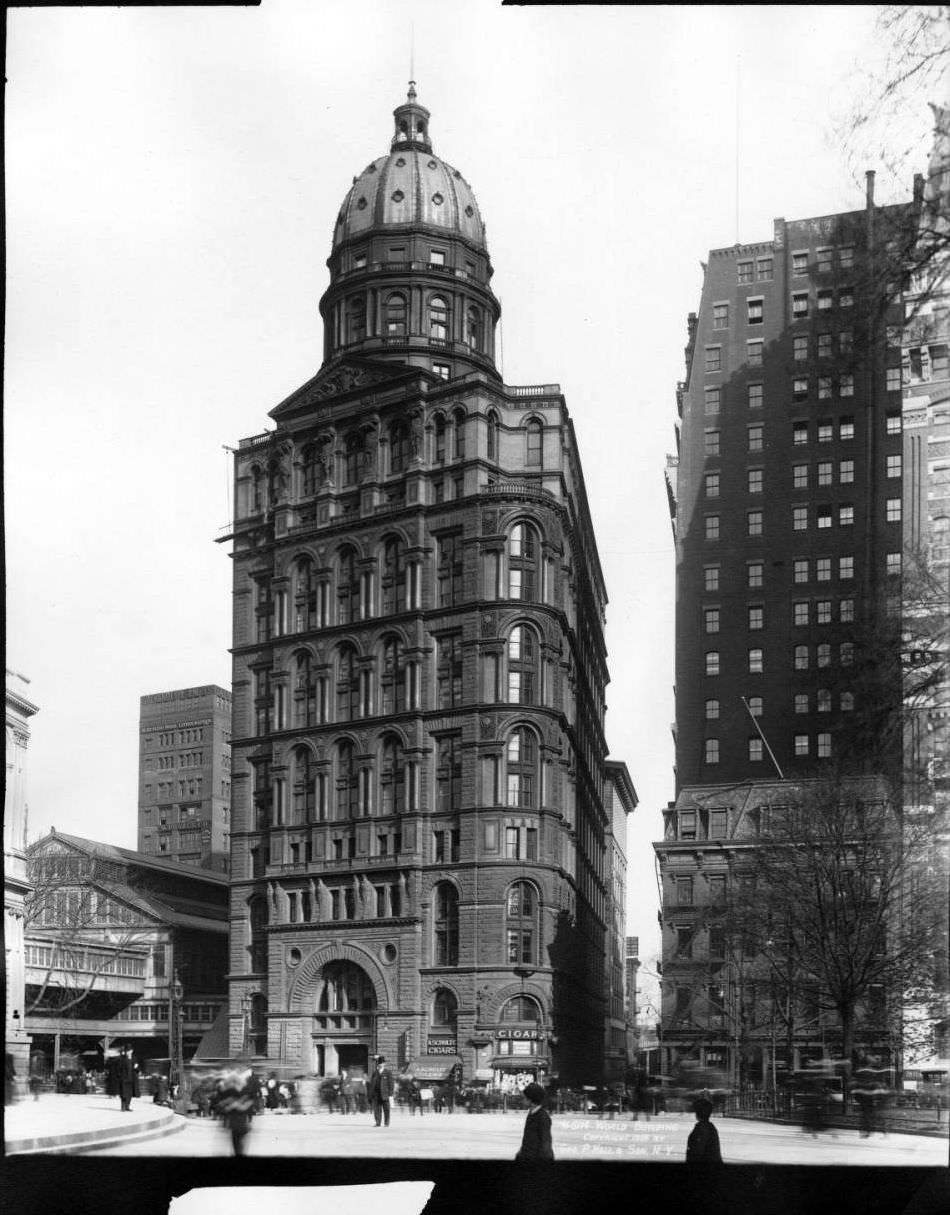
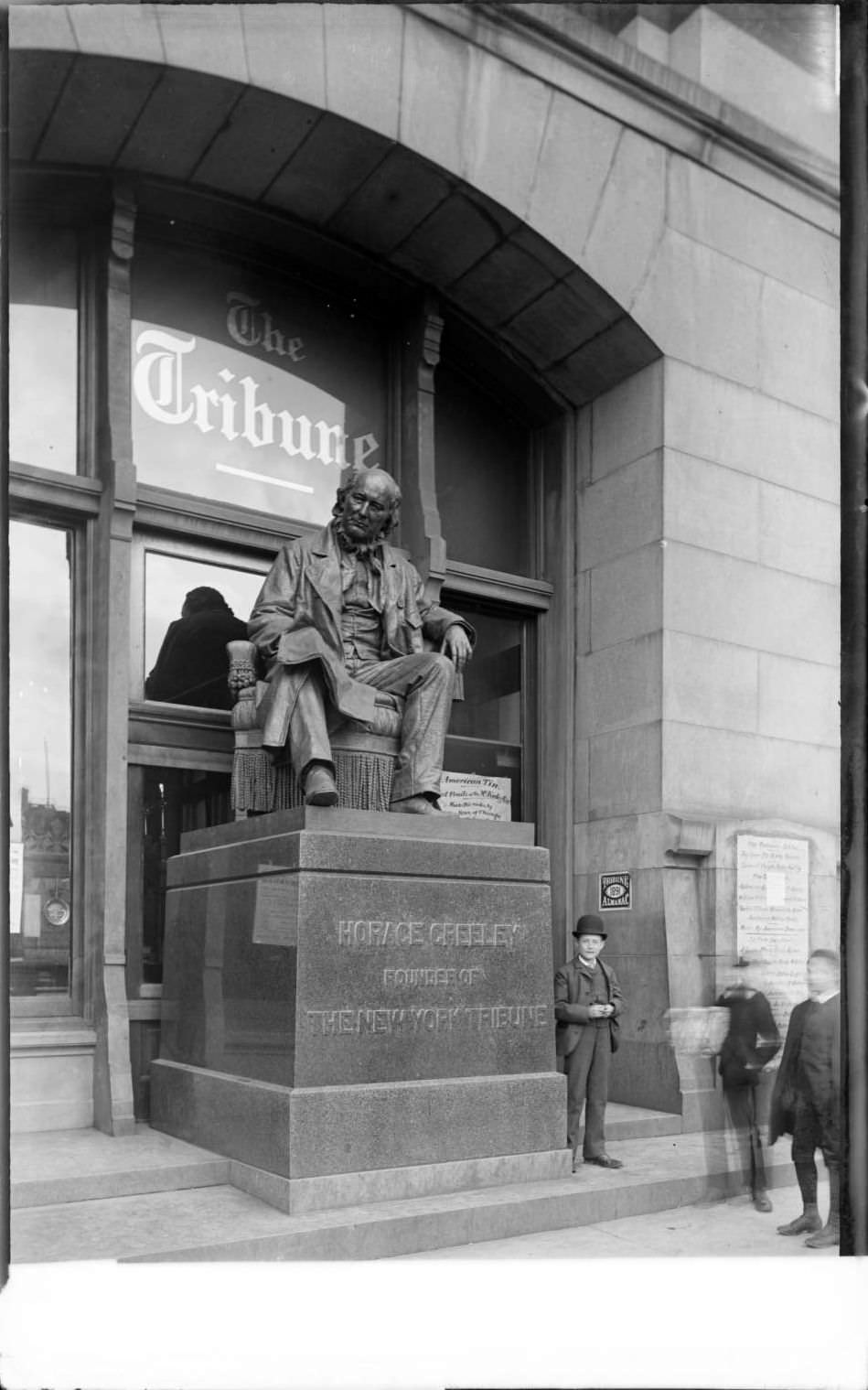
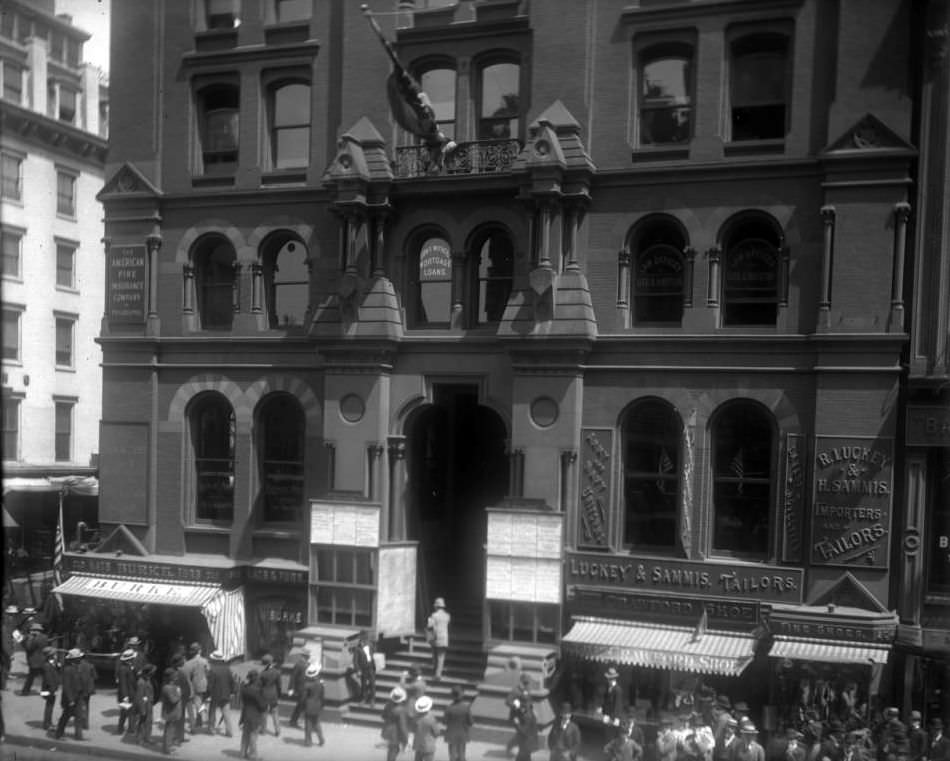
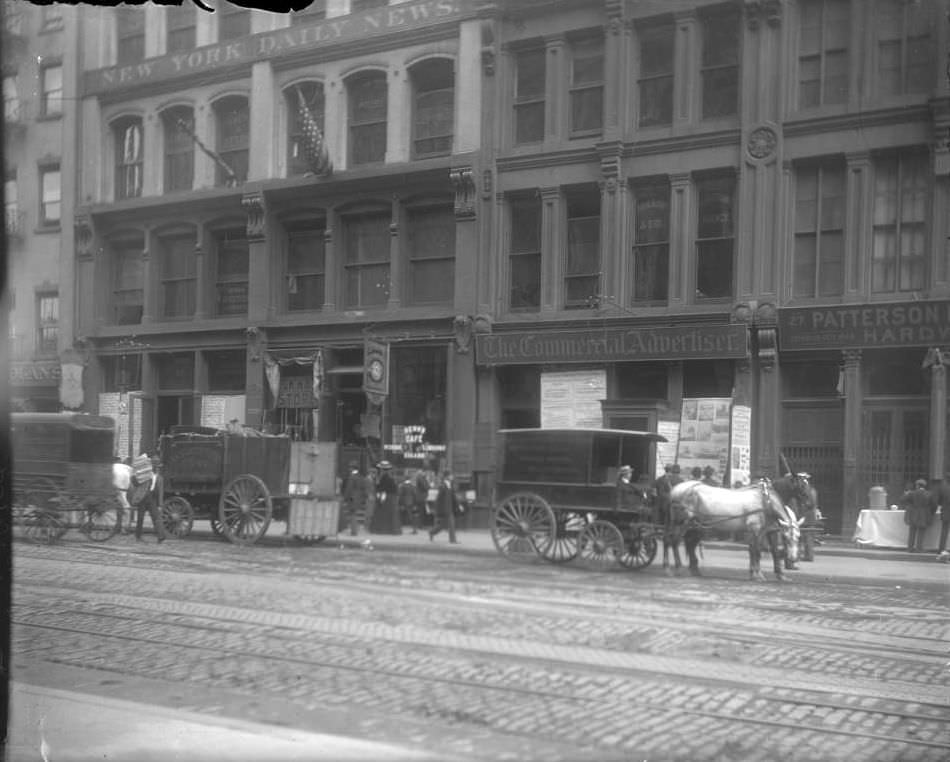
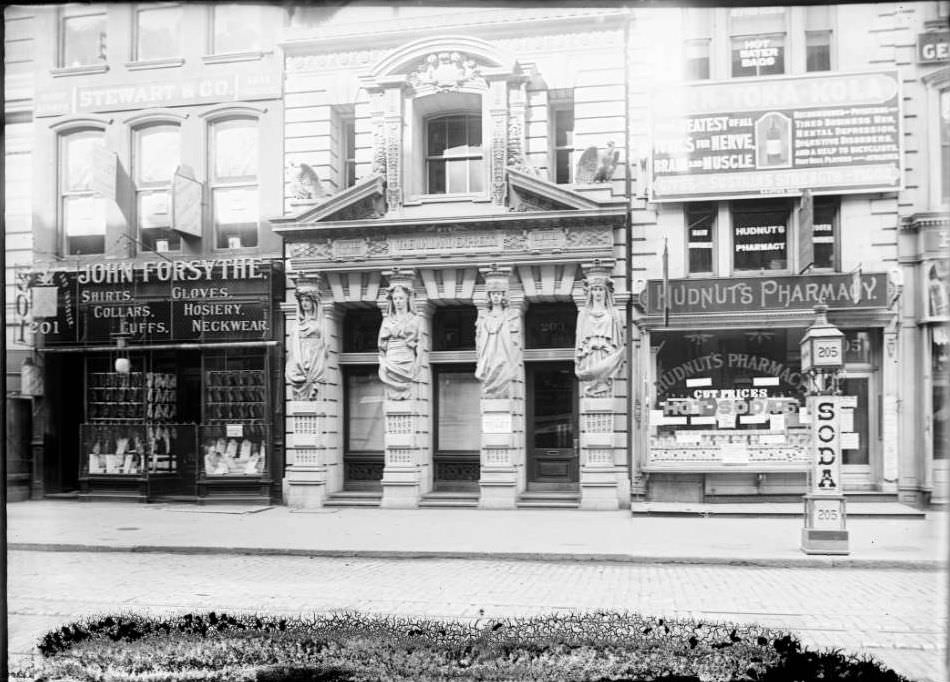
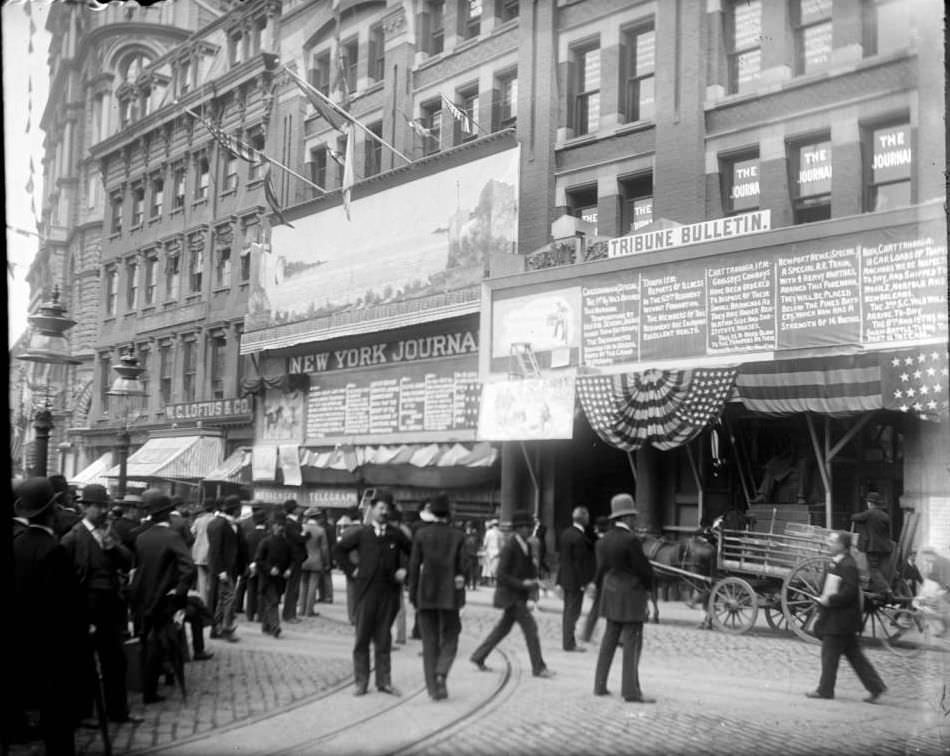
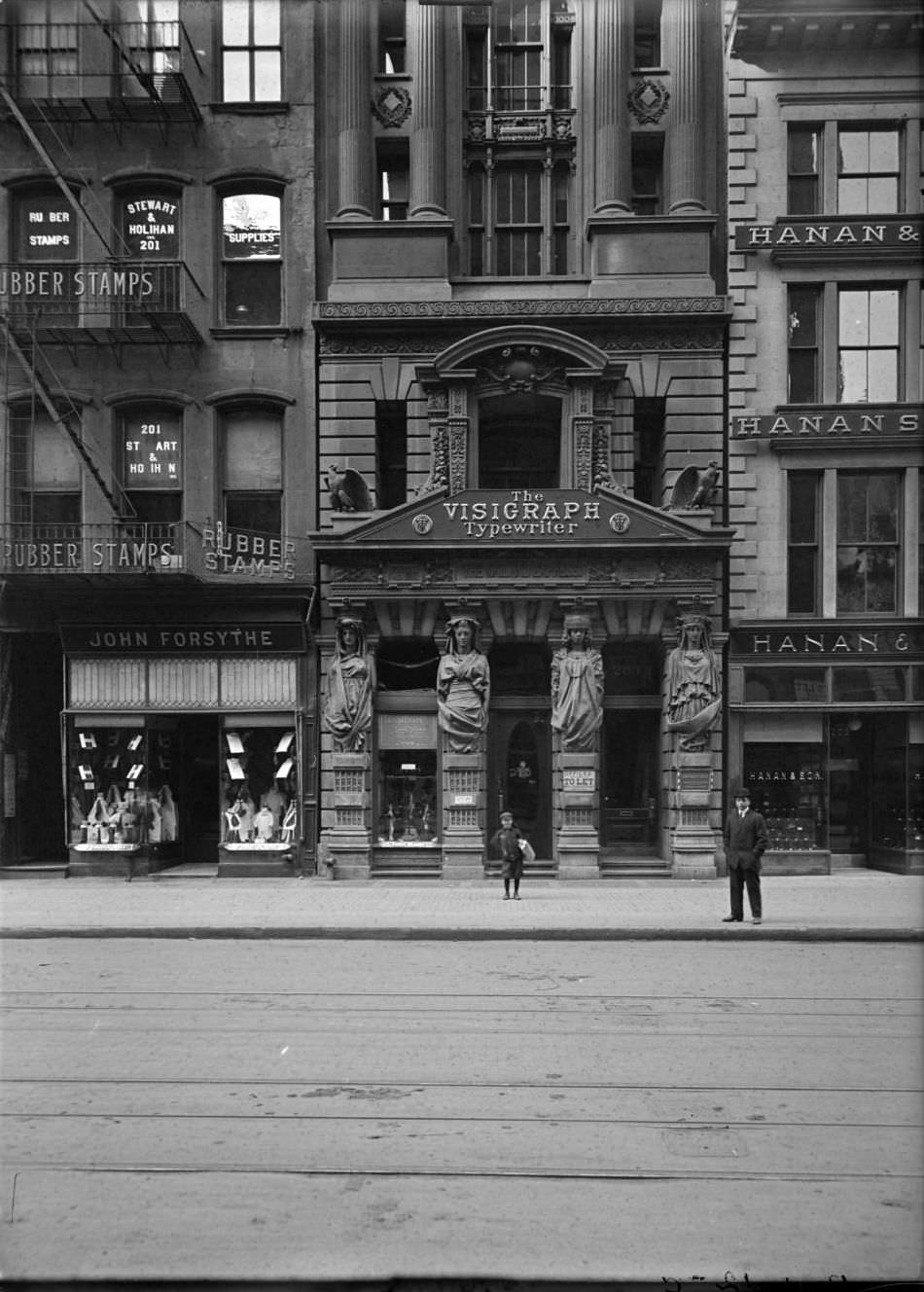
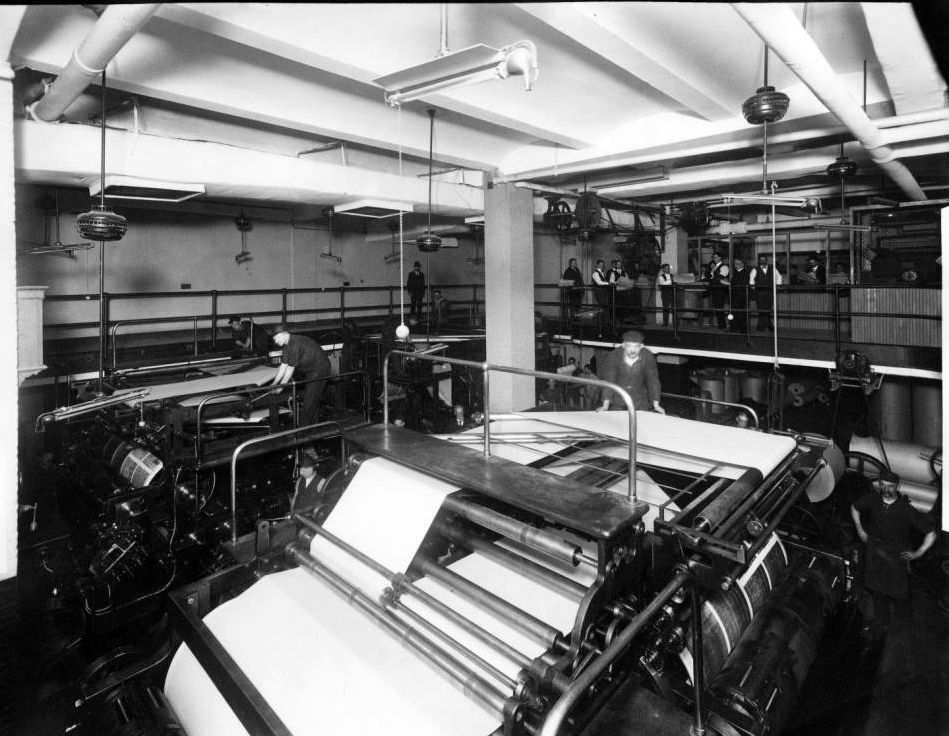
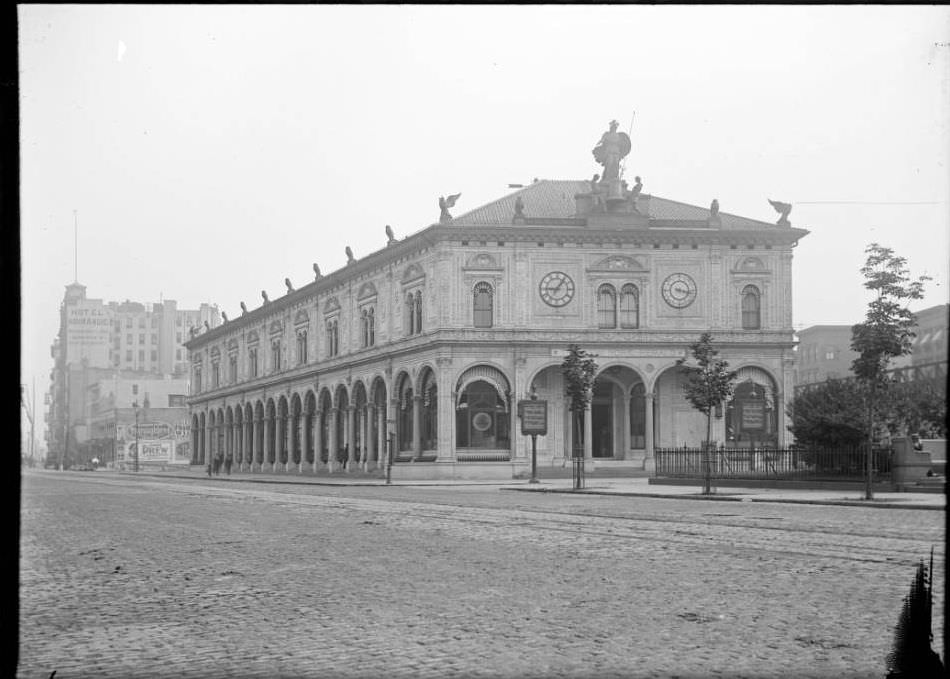
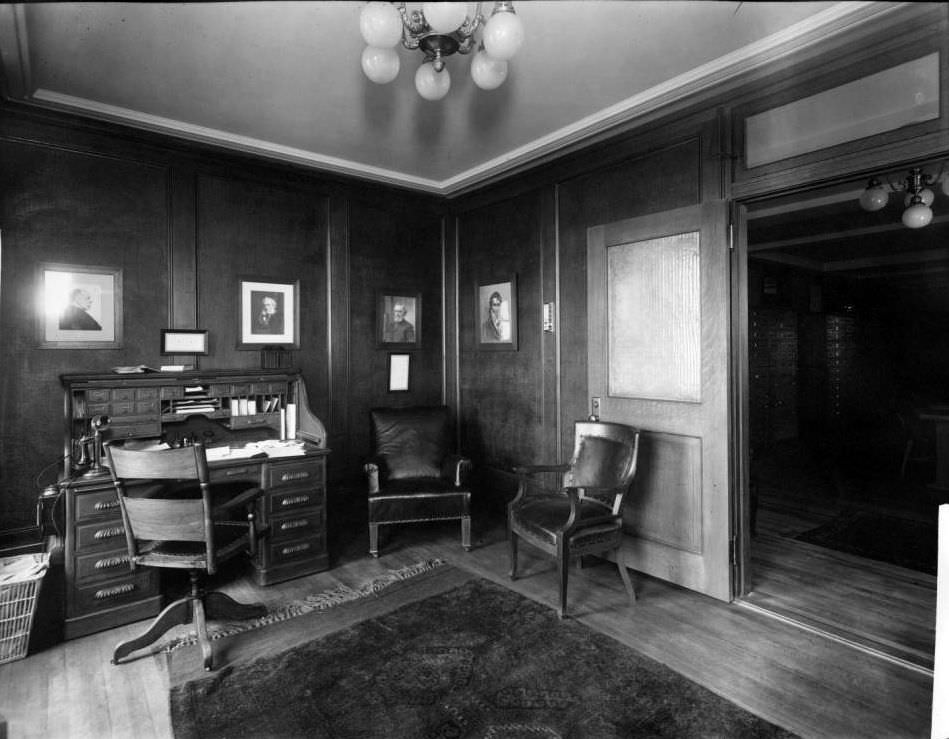
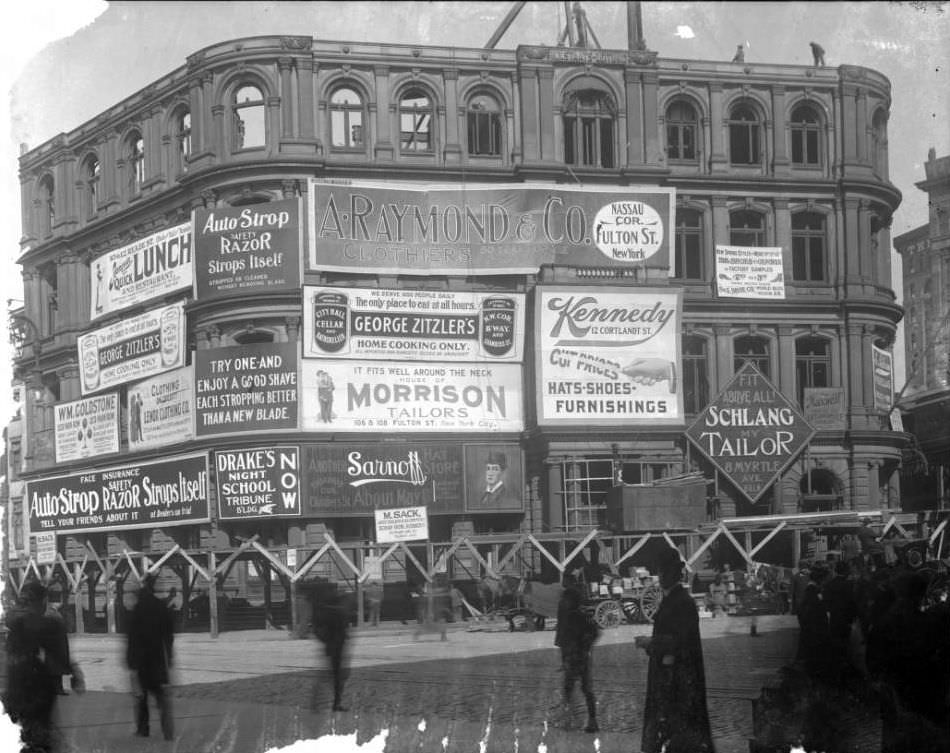
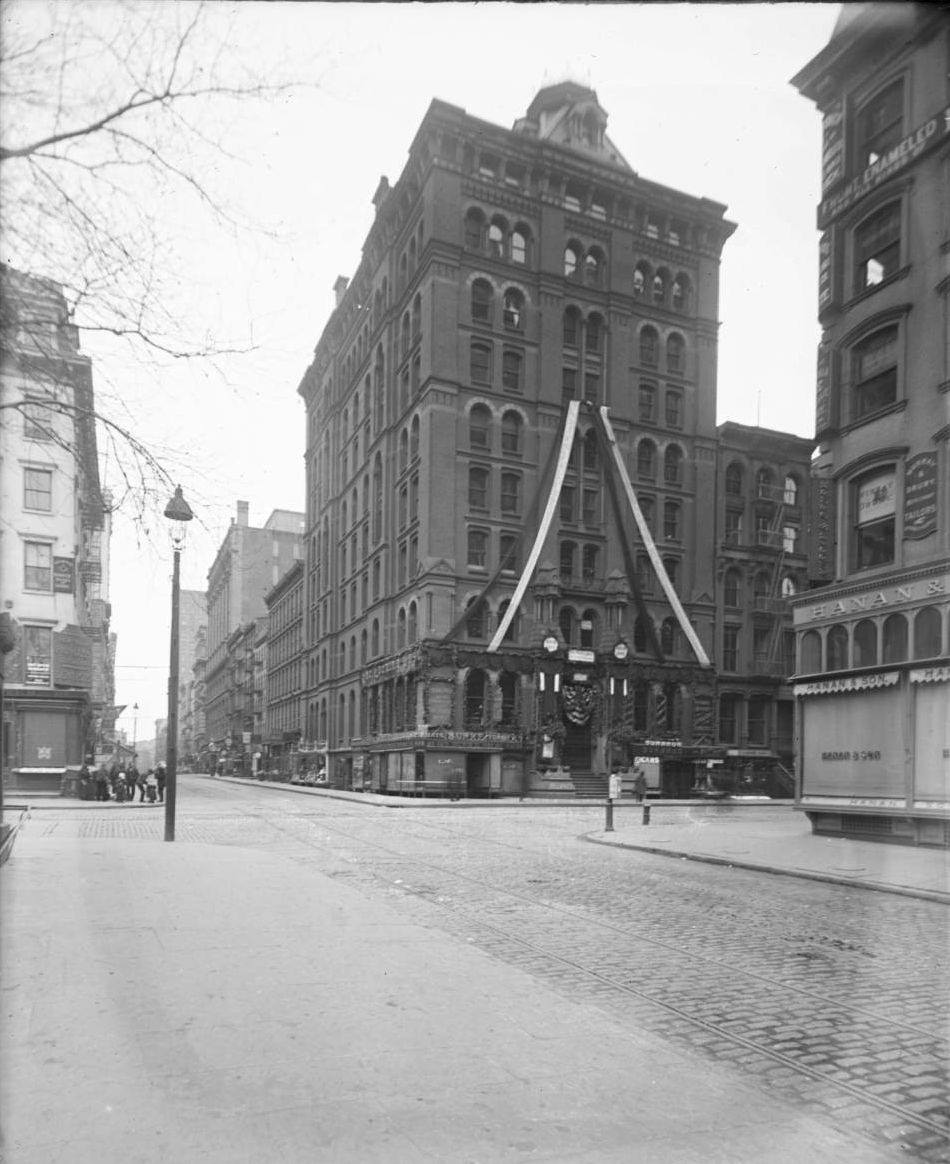
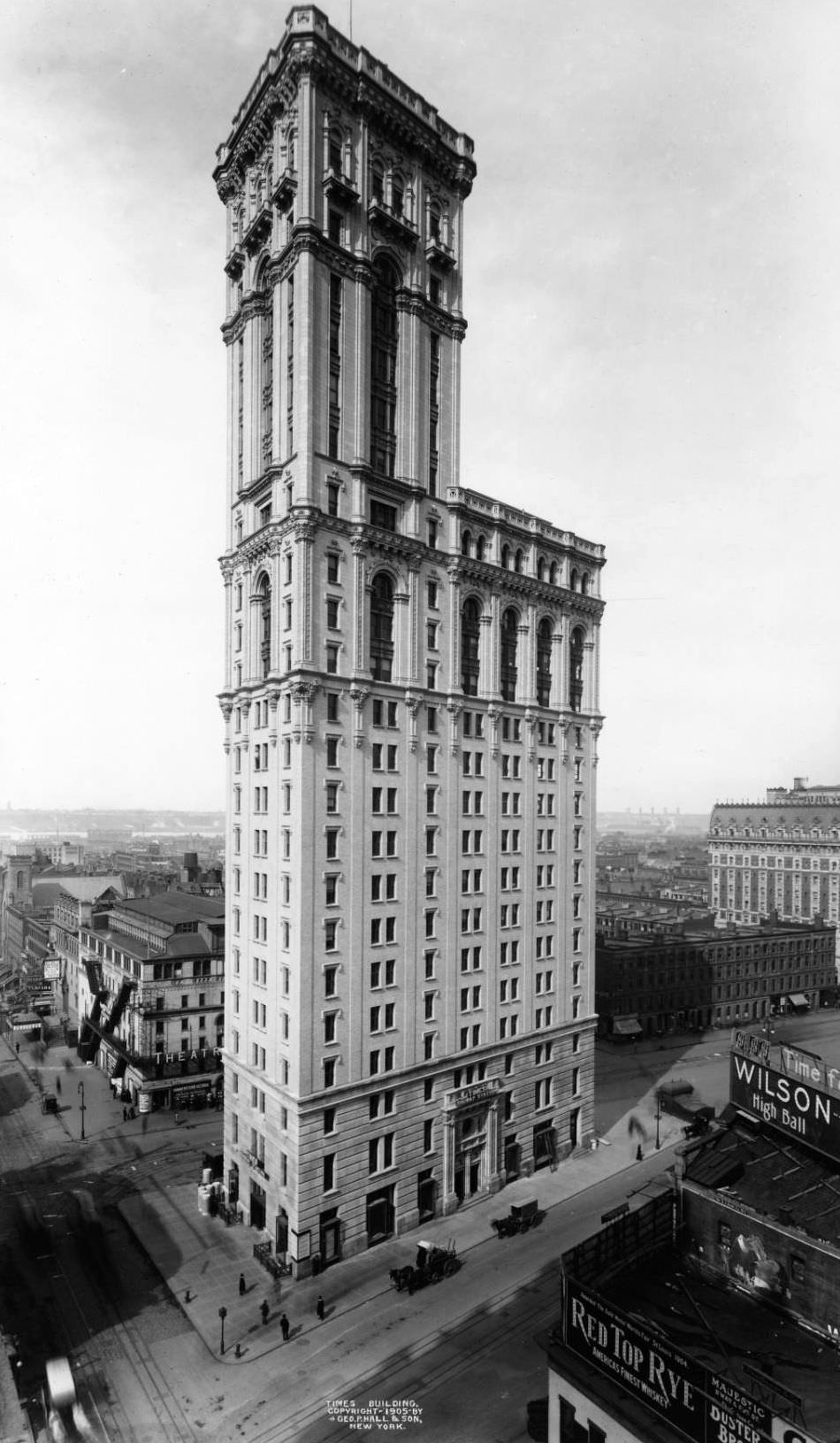
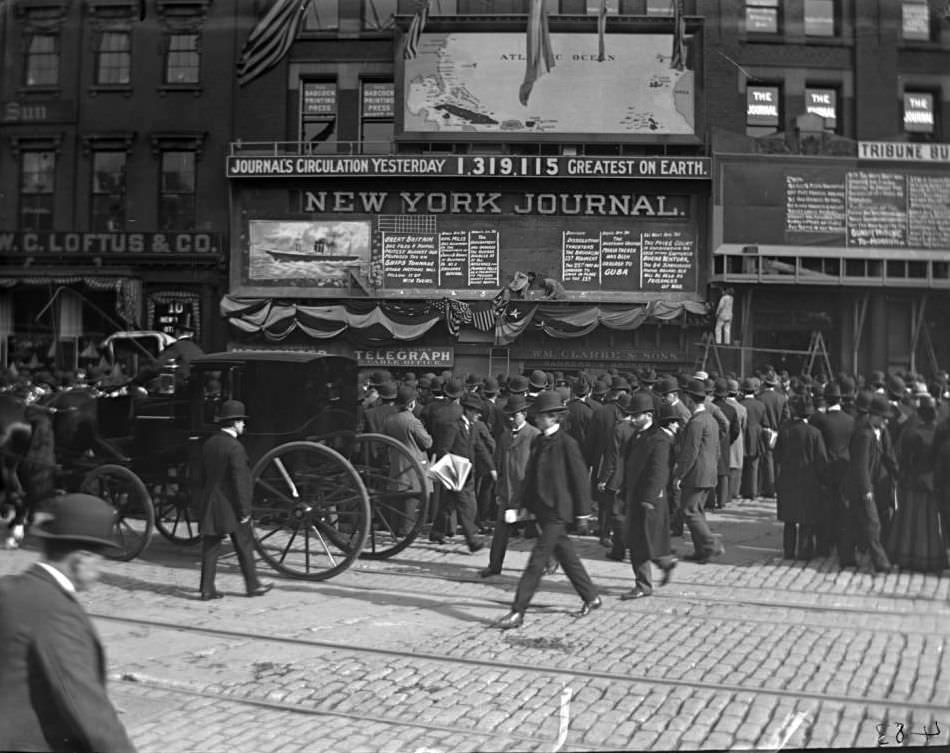

GIPHY App Key not set. Please check settings